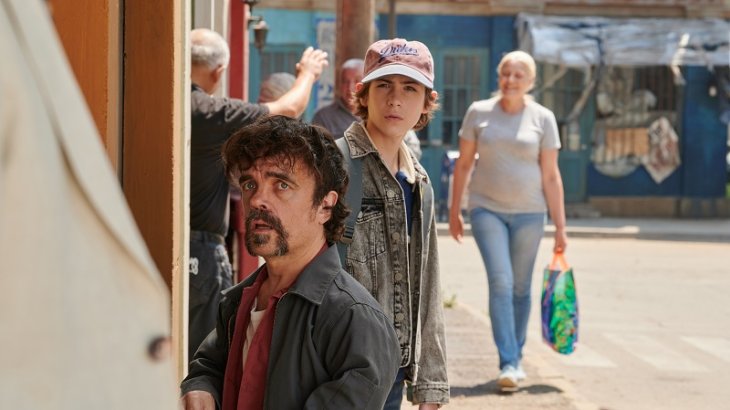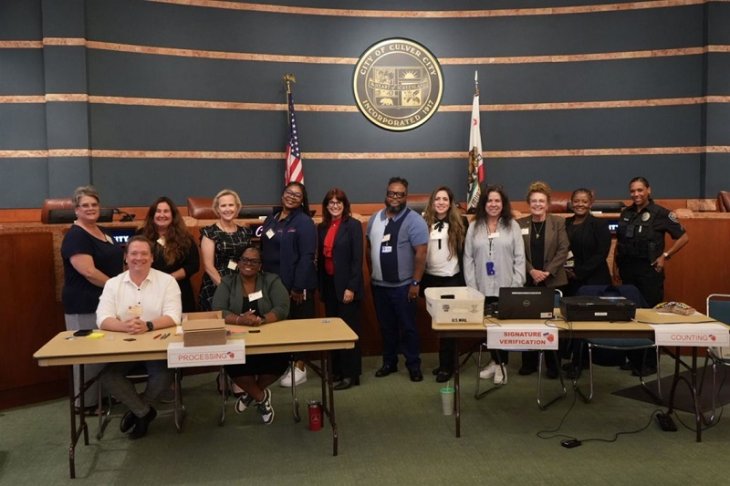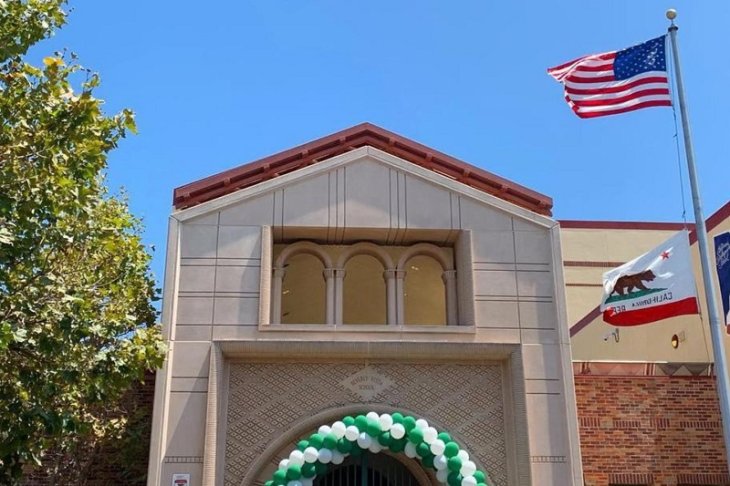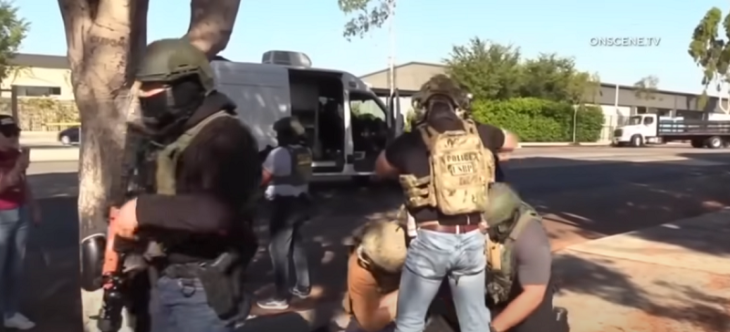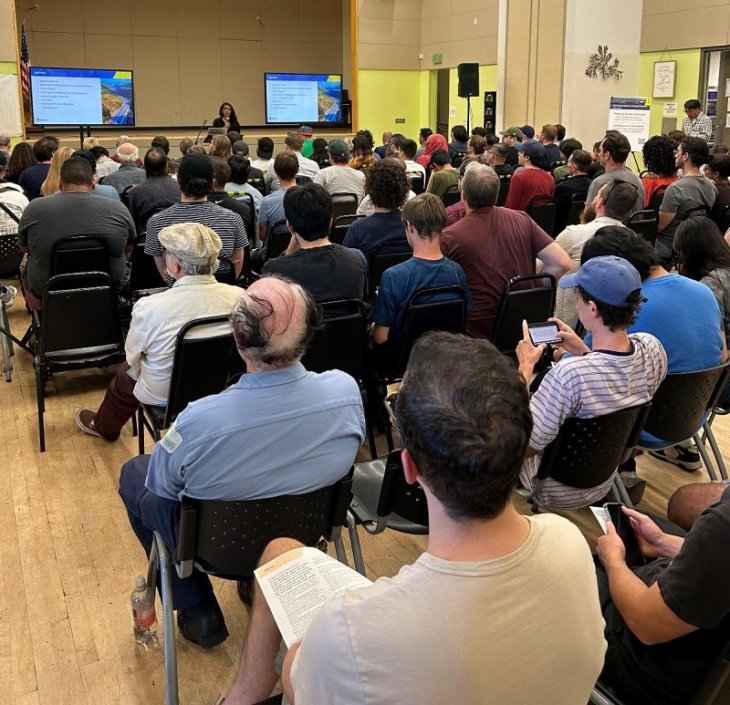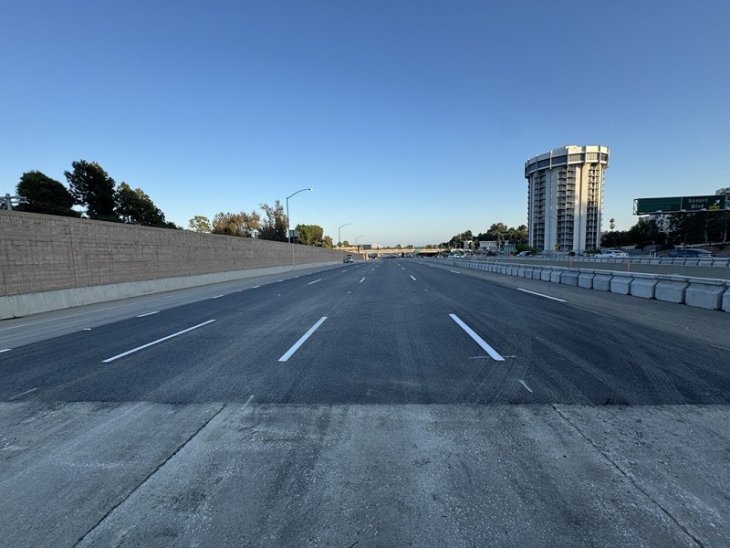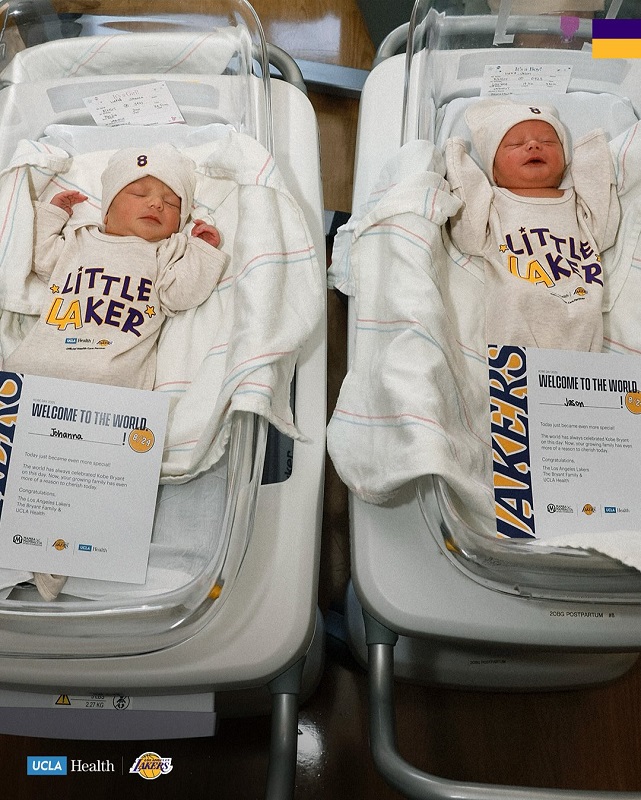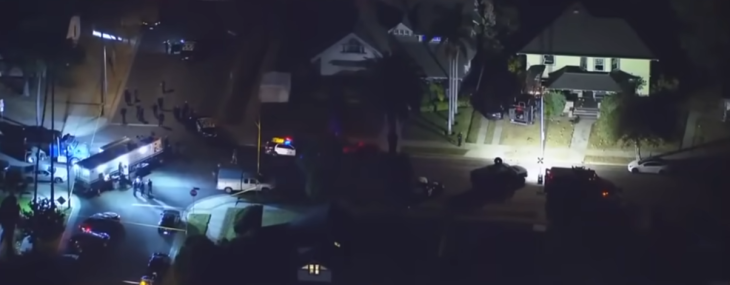By Tom Elias
Californians are about to find out whether money and new apartment-style dwellings can do much about the state’s expanding and seemingly intransigent problem with homelessness.
As ad hoc encampments proliferate, featuring everything from small pop tents to excrement in the streets and chop shops where parts are taken from stolen bicycles and sold, politicians have begun throwing money at the depressing scene.
The newest state budget allocates $650 million to local governments for helping the homeless, while another $1.7 billion-plus is earmarked for drug and mental health treatment and other homeless services. Los Angeles alone has more than 10,000 new rooms under construction or in the planning phase for use by the currently homeless.
There’s little doubt about the severity of the problem or its causes, ranging from job losses to recent prison releases, low wages, drug addiction, alcoholism, family disputes, rent increases, domestic violence and mental health issues including post-traumatic stress disorders affecting war veterans.
The scope is enormous. Of the more than 570,000 people sleeping in American streets, cars or other places unsuited for human habitation, more than 114,000 are in California. That puts one-fifth of homeless Americans here, while the state has only a bit more than 10 percent of the national populace.
So far, providing small dwelling units for them has not solved the problem. Said one city official in the homeless Mecca of Santa Monica, “For every one we manage to house, two more will arrive shortly after.”
Or, as a member of the state’s new commission to investigate homelessness remarked in a radio interview, “If we house 33 people in new units, another 150 will arrive on the streets the next day.”
The problem drew tweeted attention from President Trump, who caught sight of a couple of homeless encampments as his motorcade drove last fall from a helicopter at the Santa Monica Airport to several Los Angeles fund-raisers. He saw others on a fund-raising visit to San Francisco.
Trump blasted state and local officials, mostly because almost all are Democrats who usually oppose him. Meanwhile, he proposes reducing the federal investment in housing vouchers which are probably the foremost tool cities and counties can use to provide private space for the unhoused, many of whom shy away from mass homeless shelters lacking privacy or partitions.
And yes, California’s state and local investment in fighting homelessness amounts to more than one-third of the $6 billion the federal government spends on the problem. City and county officials here say their problem could be eased considerably if Trump and Housing secretary Ben Carson provide 50,000 new rent vouchers through two existing programs. A letter to Trump from Gov. Gavin Newsom and other California officials after Trump’s blast at the state’s homelessness also suggested the value of vouchers should be upped because of high rents.
Newsom asserted those vouchers could “eliminate veteran homelessness in the state,” where about 15,000 former military personnel sleep outside or in cars every night.
So far, no response from Trump, who appears preoccupied with staving off impeachment. The Department of Housing and Urban Development also did not respond.
So as winter approaches, there is no significant relief in sight for the homeless, despite all the state tax dollars being spent and a new state law exempting proposed developments to house the homeless from environmental reviews until 2025.
Lest Californians rely on the urban myth that most of the homeless prefer to stay that way, one recent study showed that 34 percent of them say their problem would be solved with employment assistance and another 31 percent say all it would take to get them inside is substantial help paying rent.
Without doubt, some state money now going to cities and counties will go to rent subsidies. But it’s uncertain that will be enough. No one knows how many of the homeless will want to move into new housing if it looks like dormitories or barracks. No one knows how many will agree to drug or mental health treatment, problems that together afflict almost half the current homeless.
Which suggests all the new money may help a bit, but probably won’t rid the landscape of many current scruffy encampments.
Email Thomas Elias at tdelias@aol.com. His book, “The Burzynski Breakthrough: The Most Promising Cancer Treatment and the Government’s Campaign to Squelch It,” is now available in a soft cover fourth edition. For more Elias columns, go to www.californiafocus.net

